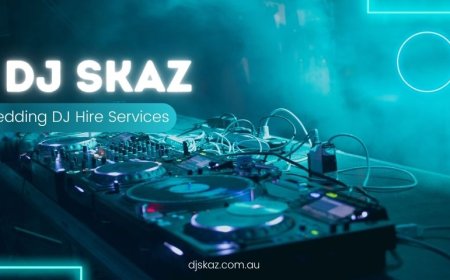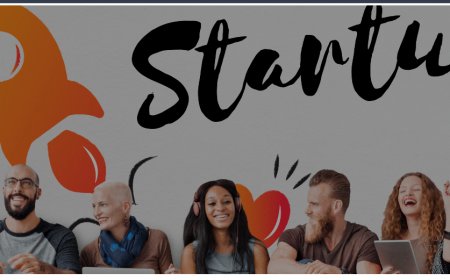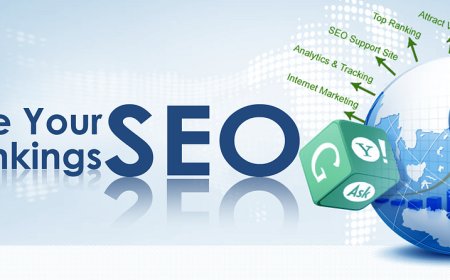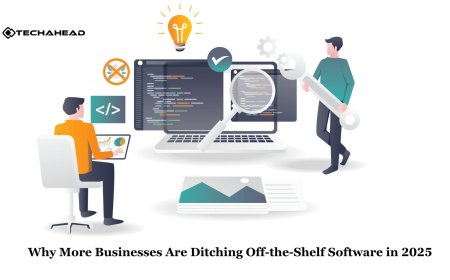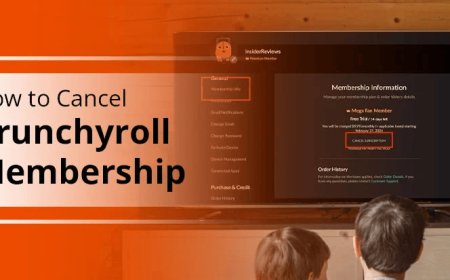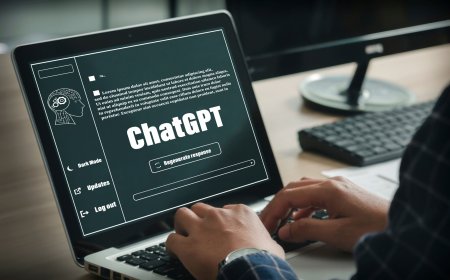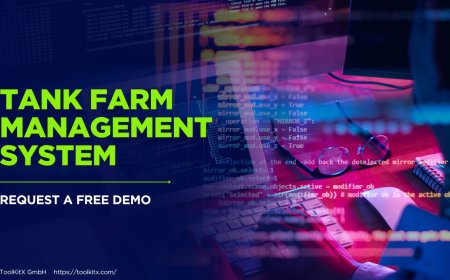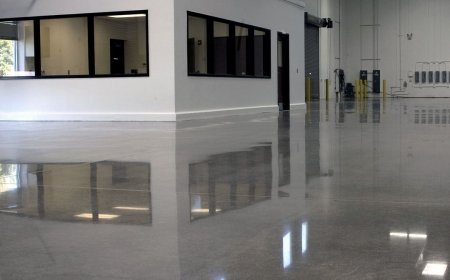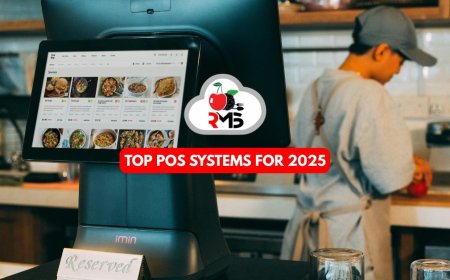Why Should You Invest in a Generative AI Solution for HR Today?
Discover how investing in a generative AI solution can revolutionize HR by boosting efficiency, streamlining recruitment, and enhancing employee engagement—future-proof your HR strategy today.

The rise of generative AI is transforming industries across the boardand human resources (HR) is no exception. As businesses seek more agile, data-driven, and personalized HR practices, generative AI is quickly becoming a powerful tool in modern HR departments. From automating recruitment to improving employee engagement, this technology can revolutionize how organizations manage their people.
In this blog post, well explore the best use cases for a generative AI solution for HR, the benefits it brings, and how HR leaders can responsibly adopt it to enhance efficiency and employee satisfaction.
What Is Generative AI in HR?
Generative AI refers to artificial intelligence systems that can generate human-like contenttext, images, audio, video, or codebased on patterns in data. In HR, this translates to tools that can generate job descriptions, personalized onboarding materials, performance reviews, training content, and more.
Unlike traditional rule-based automation tools, generative AI systems can understand context, adapt to specific needs, and generate tailored outputs, making them particularly effective for the people-centric world of HR.
Top Use Cases for Generative AI in HR
1. Automating Job Description Creation
Writing compelling and inclusive job descriptions is time-consuming and requires an understanding of both the role and market expectations. Generative AI can draft, optimize, and tailor job descriptions based on company tone, required skills, and competitive benchmarks.
Benefits:
-
Reduces time spent on manual writing
-
Ensures consistency across roles
-
Increases inclusivity by avoiding biased language
Example: An HR manager inputs a job title and required skills; the AI generates a job description aligned with DEI (Diversity, Equity, and Inclusion) standards and the companys employer branding.
2.Resume Screening and Candidate Matching
AI-driven tools can now go beyond keyword matching to intelligently evaluate resumes against job descriptions. Generative AI adds a new dimension by generating candidate summaries, suggesting interview questions based on candidate profiles, and identifying red flags or hidden potential.
Benefits:
-
Streamlines initial screening
-
Reduces human bias
-
Improves hiring quality by uncovering overlooked talent
Example: The AI reviews 300 applications, generates a shortlist with justifications, and produces custom interview prompts tailored to each candidate.
3.Creating Personalized Onboarding Materials
First impressions matter. Generative AI can help HR teams craft customized onboarding documents, welcome emails, training schedules, and FAQs tailored to each new hires role and location.
Benefits:
-
Improves the new hire experience
-
Saves HR teams hours of manual work
-
Standardizes and personalizes the onboarding process simultaneously
Example: A new sales rep receives a personalized onboarding packet including their job responsibilities, introductions to key team members, links to relevant training modules, and FAQsall auto-generated.
4.Employee Training and Development
Learning and development (L&D) programs often struggle to meet the personalized needs of each employee. Generative AI can create training modules, quizzes, and development plans based on employee data such as performance reviews, job roles, and career goals.
Benefits:
-
Tailors learning to individual goals
-
Improves engagement and retention
-
Reduces the cost of content creation
Example: Based on a team leaders career goals and skill gaps, the AI creates a custom development plan, complete with AI-generated learning materials, case studies, and milestone tracking.
5.Performance Management and Feedback
Annual performance reviews are often dreaded and outdated. Generative AI can assist in writing performance summaries, providing constructive feedback suggestions, and even facilitating real-time feedback based on project data or team input.
Benefits:
-
Encourages continuous feedback
-
Improves review quality and consistency
-
Saves time for managers
Example: A manager receives an AI-generated performance review draft that synthesizes peer feedback, KPIs, and recent project work, reducing the time spent writing reviews by 70%.
6.Answering Employee Queries with AI Assistants
Many HR teams are overwhelmed by repetitive employee queries about policies, benefits, and processes. Generative AI-powered chatbots or assistants can provide instant, accurate, and conversational responses around the clock.
Benefits:
-
Reduces HR workload
-
Provides 24/7 support for employees
-
Ensures consistency in responses
Example: An employee asks a chatbot about their companys remote work policy. The chatbot uses generative AI to pull the most recent policy and explain it in natural language.
7.Policy Drafting and Compliance Support
HR policies need to be both compliant with legal standards and understandable to employees. Generative AI can help draft or revise policies while maintaining legal precision and readability.
Benefits:
-
Accelerates policy creation
-
Ensures clarity and consistency
-
Minimizes legal risk
Example: When labor laws change, the AI reviews and updates the existing leave policy, providing a clean draft that includes both regulatory updates and plain-language summaries for employees.
8.Improving Employee Engagement and Sentiment Analysis
By analyzing employee surveys, chat data, or emails, generative AI can generate insights about employee sentiment and even suggest strategies to improve engagement or culture.
Benefits:
-
Identifies issues early
-
Enables data-driven decision-making
-
Facilitates proactive HR interventions
Example: After analyzing internal communications, the AI detects a drop in morale in the engineering team and suggests potential causes and actions to address them.
Key Benefits of Generative AI in HR
When deployed thoughtfully, generative AI solutions in HR deliver:
-
Increased Efficiency: Automates routine tasks, freeing up HR professionals for strategic work.
-
Improved Personalization: Offers customized experiences for employees at every stage of the lifecycle.
-
Reduced Bias: Helps promote fairness by standardizing processes and language.
-
Faster Decision-Making: Provides insights and content generation in real-time.
-
Scalability: Supports growing organizations without needing proportional increases in HR staff.
Implementing Generative AI in HR: Best Practices
-
Start with High-Impact, Low-Risk Areas: Begin with use cases like job description writing or onboarding content before moving to areas like performance evaluations.
-
Ensure Stakeholder Buy-in: Educate managers, employees, and IT teams on the benefits and limitations of AI tools.
-
Maintain Human-in-the-Loop Oversight: Use AI to assist, not replace, critical HR decisions.
-
Audit Regularly: Monitor AI outputs for quality, fairness, and legal compliance.
-
Prioritize Data Security: Choose vendors that follow best practices in data privacy and encryption.
Real-World Examples
-
Unilever uses AI to screen resumes and conduct video interviews with AI-generated questions, improving time-to-hire and reducing bias.
-
IBM Watson supports HR by generating personalized learning paths for employees based on career goals and performance data.
-
LOral uses generative AI chatbots to answer candidate queries and improve the candidate experience.
Conclusion
A Generative AI Solution for HR is more than just a productivity boosterits a strategic enabler. By automating repetitive tasks, enhancing personalization, and supporting data-driven decisions, generative AI is helping HR professionals shift from administrative work to strategic talent management.
As the technology evolves, HR leaders must balance innovation with empathy, ensuring that AI augments rather than replaces the human touch that is central to successful people management. By thoughtfully selecting use cases and integrating AI with purpose, organizations can unlock a new era of responsive, scalable, and people-first HR operations.



